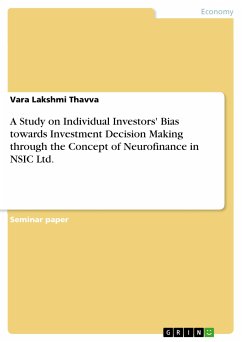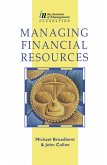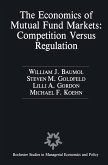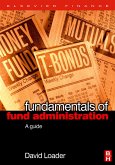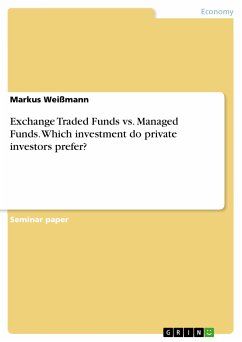Academic Paper from the year 2021 in the subject Business economics - Investment and Finance, grade: 2,0, University of Hohenheim (Institut für Financial Management), language: English, abstract: The aim of this study is to identify differences in investment behavior - and in particular the special case of a team's decision-making process - as well as possible performance indicators. The research results to be presented should be used as guidance in selecting an appropriate management structure for the mutual fund industry. Before addressing the differing investment behaviors of the two management structures, the special dynamics that can operate within a team in decision making have to be examined. For this said purpose, the relevant literature provides some conflicting theories on decision making. When looking at the proportion of team-managed and single-managed mutual funds, it is observed that team funds have increased at the cost of single-managed funds. Thus, from 1992 to 2015, within all mutual funds, team-managed funds increased from 12% to 57%, while single-managed funds decreased from 88% to 43%. A similar development can be seen in the change of the management structure of a fund in Figure 1: A total of 553 mutual funds, which were previously managed individually, switched to a team fund, whereas only 317 funds changed from a team-managed fund to an single-managed fund. A crossover in the proportion of teams after the global financial crisis in 2008, in times when risk reduction by diversification began to gain in importance, is clearly observable. Thus, it should be in the interest of mutual funds to possess sufficient management diversity to reach an adequate niveau of diversification. As argued by Tom Stevenson, the investment director of Fidelity International, besides gender diversity, diversity in cognition, education and mindset represent a great strength. Research on the mutual fund industry indicates some differences in the investment behavior between team-managed and single-managed mutual funds. Especially concerning teams, different theories of decision making can be found, resulting in different investment styles and performance levels.
Dieser Download kann aus rechtlichen Gründen nur mit Rechnungsadresse in A, B, BG, CY, CZ, D, DK, EW, E, FIN, F, GR, HR, H, IRL, I, LT, L, LR, M, NL, PL, P, R, S, SLO, SK ausgeliefert werden.



